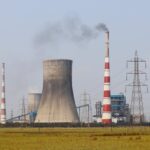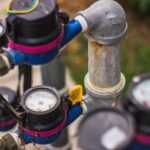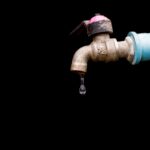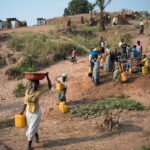Clean Water in West Africa – Why It’s Still a Challenge
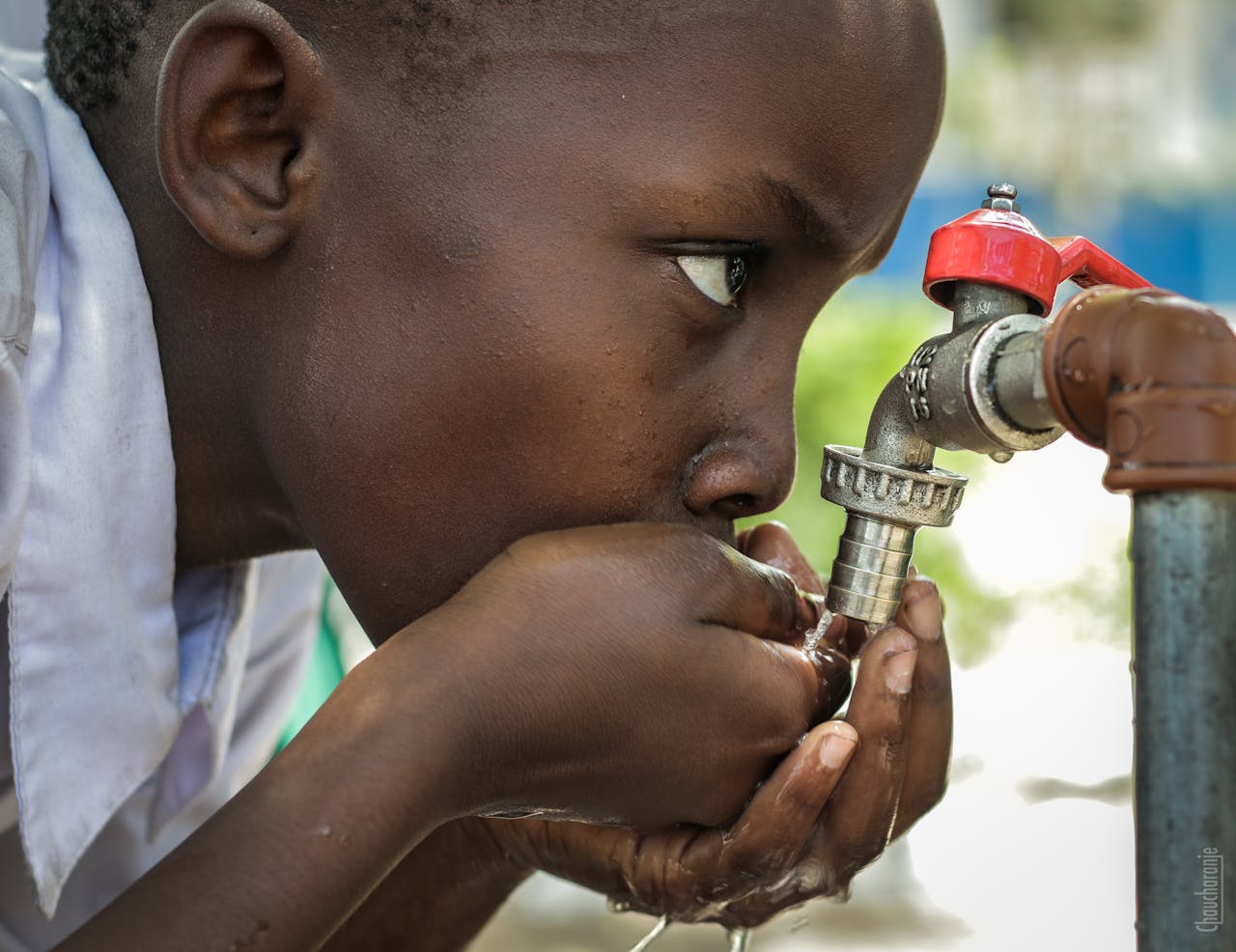
Clean Water in West Africa – Why It’s Still a Challenge
Clean water is one of the most basic needs for human survival, yet millions of people across West Africa still struggle to access it. Water is essential for drinking, cooking, and maintaining proper hygiene. Despite efforts by governments, non-profit organizations, and international bodies to improve water access, the challenge remains significant in this region.
In West Africa, many communities face the harsh reality of water scarcity or rely on unsafe water sources. This ongoing problem contributes to various health issues, affects livelihoods, and keeps communities from reaching their full potential. In this article, we’ll explore why clean water is still a challenge in West Africa, looking at the different factors that continue to limit access to safe water.
The Importance of Clean Water
Clean water is vital for health and well-being. Drinking safe water prevents diseases like cholera, diarrhea, and typhoid, which are often spread through contaminated water. When people have access to clean water, they are less likely to get sick, leading to healthier communities overall. Moreover, clean water is important for good hygiene. It allows people to wash their hands, prepare food safely, and keep their surroundings clean, which helps prevent the spread of illness.
In addition to direct health benefits, access to clean water has a positive effect on education and the economy. When children are sick from drinking dirty water or spending hours fetching water from far-off places, they miss school, which affects their education. In the same way, adults who are ill or busy finding water have less time for work, reducing their productivity. This has a knock-on effect on the wider economy, as fewer people are able to contribute to the workforce.
Globally, access to clean water is recognized as a fundamental right, with efforts like the United Nations’ Sustainable Development Goal 6 aiming to ensure water and sanitation for all by 2030. However, the situation in West Africa shows that significant barriers still exist to achieving this goal.
Geographical and Environmental Factors
One of the main reasons why clean water is still a challenge in West Africa is the region’s geography and climate. In many parts of West Africa, especially the Sahel region, water scarcity is a major issue. The dry season can last for months, during which time rivers and lakes dry up, leaving communities without reliable water sources. Even in areas that receive more rainfall, the distribution of water isn’t always even. Some places may have abundant water, while others struggle with droughts.
Climate change is making this situation worse. Unpredictable weather patterns have led to more extreme droughts and floods. When there’s too little rain, water sources shrink, and people have to travel farther to find water. On the other hand, when there’s too much rain, flooding can contaminate clean water sources with dirt, waste, and harmful chemicals, making the water unsafe to drink.
Additionally, some of the water sources in West Africa are naturally contaminated. In coastal areas, for example, the groundwater can have high levels of salt, making it unsuitable for drinking. Other places have rivers that are polluted by human activities, such as mining or industrial waste, further limiting access to safe water.
Infrastructure and Technological Challenges
Even in areas where water is available, the infrastructure to deliver clean water to communities is often lacking. In many rural parts of West Africa, there are no proper systems to collect, treat, and distribute water. Wells may be dug, but if they aren’t maintained or treated properly, they can become contaminated over time. Water pipelines and treatment plants are expensive to build and require regular upkeep, which is difficult when funding is limited.
Urban areas often fare better than rural ones, but even in cities, the water infrastructure can be outdated or unreliable. Rapid population growth in many West African cities has put additional strain on water systems, leading to shortages or uneven distribution. As a result, many people in cities still have to rely on water vendors or unsafe sources like rivers or streams.
In addition to infrastructure challenges, the technology needed to treat and purify water is not always available. Advanced filtration and purification systems can make a big difference in providing clean water, but they require investment and technical expertise. In many cases, communities lack the resources or knowledge to implement and maintain these systems, leaving them vulnerable to water-related health risks.
Political and Economic Barriers
Political and economic factors also play a significant role in the ongoing challenge of clean water access in West Africa. Many countries in the region face governance issues, such as corruption and poor management of resources. Even when funds are allocated for water projects, they may not be used effectively or may not reach the communities that need them the most. This mismanagement creates delays in water infrastructure development or causes existing systems to fall into disrepair.
The lack of sufficient government funding is another barrier. West African governments often rely on foreign aid or international organizations to fund water projects. While these efforts are helpful, they are not always sustainable. Without consistent local investment, many projects fail once external funding or support runs out. This reliance on external aid also slows down progress, as water projects often depend on the priorities of donors rather than the needs of local communities.
In addition, poverty in many parts of West Africa limits people’s ability to afford clean water, even when it is available. In some cities, people must pay for water from vendors, and the cost can be too high for low-income families. This forces them to rely on unsafe sources instead. Economic challenges at the national level also mean that governments struggle to prioritize and fund water projects, leaving the problem unsolved for many years.
Social and Cultural Factors
Social and cultural factors also contribute to the challenge of clean water access in West Africa. In many communities, the responsibility of collecting water falls mainly on women and children. This task can take hours each day, especially in rural areas where water sources are far from home. The time spent fetching water keeps children, particularly girls, out of school and limits opportunities for women to engage in other activities, such as work or community development.
Cultural practices can sometimes affect how water is used and conserved. In some areas, there may be little awareness about the importance of treating water before drinking it or using it safely for hygiene. While efforts have been made to educate communities about proper water use and sanitation, changing long-held habits can be slow and challenging.
Additionally, traditional sources of water, such as rivers or natural springs, may be overused or polluted due to a lack of alternative options. In many cases, communities continue using these sources because they are the only ones they know or trust, even if the water isn’t safe. Increasing awareness about clean water practices, combined with better access to safe alternatives, could help address some of these challenges.
Conflict and Instability
Political instability and armed conflicts in parts of West Africa have made the situation even more difficult. In conflict zones, water infrastructure is often destroyed or damaged, leaving communities with little or no access to clean water. Displaced people who flee their homes due to violence often find themselves in camps or temporary shelters where water is scarce or unsafe, leading to outbreaks of waterborne diseases.
Additionally, conflicts over water resources can arise, especially in regions where water is already scarce. As communities compete for access to rivers, wells, or other water sources, tensions can escalate into violence. In some cases, controlling water resources becomes a tool of power, with access being denied to certain groups as a way to exert control or force migration.
These conflicts not only disrupt access to clean water but also hinder efforts to build or repair water infrastructure. International organizations may find it difficult to operate in conflict areas, and local governments often prioritize immediate security needs over long-term water projects. This creates a vicious cycle, where conflict worsens the water crisis, and the lack of water contributes to further instability.
Efforts and Solutions
Despite the many challenges, there are ongoing efforts to improve access to clean water in West Africa. Governments, non-profit organizations, and international agencies have been working together to bring safe water to communities in need. Local and global initiatives, such as the building of boreholes, rainwater harvesting systems, and community water purification plants, have made a positive impact in some areas.
One successful approach has been the use of low-cost, sustainable technologies. For example, solar-powered water pumps and filtration systems have been introduced in areas without reliable electricity. These systems provide a steady supply of clean water and require minimal maintenance, making them ideal for rural communities.
Community involvement has also proven essential. Involving local people in the planning, implementation, and maintenance of water projects ensures that the solutions meet their specific needs and are more likely to be sustainable. Educating communities about water safety, hygiene practices, and water conservation helps build long-term change.
Additionally, international organizations continue to play a role by funding and supporting water projects in the region. However, long-term success depends on local governments taking ownership of these efforts, investing in their own water infrastructure, and ensuring that systems are maintained and expanded to reach more people.
Though challenges remain, these efforts offer hope that with continued focus and investment, access to clean water in West Africa can improve, bringing health and opportunity to millions of people.
Conclusion
Access to clean water in West Africa remains a complex challenge due to a combination of environmental, infrastructural, political, and social factors. The lack of reliable water sources, coupled with poor infrastructure, conflict, and inadequate funding, continues to impact millions of people across the region. However, efforts are being made to address these barriers. Sustainable technologies, community-led initiatives, and ongoing international support offer hope for change.
One such initiative is AquaMaya, which is actively working to bring clean and safe water to communities in need. AquaMaya focuses on sustainable water solutions that are tailored to local conditions, empowering communities by providing both the technology and knowledge needed to ensure long-term access to clean water. By prioritizing local involvement and leveraging modern technology, AquaMaya is helping to bridge the gap between the need for clean water and the barriers that have historically stood in the way.
The road ahead is not easy, but with continued investment, commitment, and partnerships like those AquaMaya is building, there is a brighter future for clean water access in West Africa. Addressing the clean water crisis will not only improve health, but also empower communities to thrive and build stronger economies. The work being done now lays the foundation for a healthier, more prosperous future for all.
Sources:
- https://www.afro.who.int/health-topics/water
- https://www.unicef.org/press-releases/billions-people-will-lack-access-safe-water-sanitation-and-hygiene-2030-unless
- https://www.un.org/sustainabledevelopment/water-and-sanitation/
- https://blogs.worldbank.org/en/africacan/celebrating-water-day–why-access-to-clean-water-is-vital-for-af
- https://www.un.org/africarenewal/magazine/december-2013/sahel-one-region-many-crises
- https://www.un.org/en/climatechange/what-is-climate-change
- https://www.sciencedirect.com/science/article/pii/S2589471423000177
- https://www.sciencedirect.com/science/article/pii/S2950263224000243
- https://www.waterworld.com/drinking-water-treatment/article/14070874/advanced-filtration-technology
- https://www.sciencedirect.com/science/article/abs/pii/S0016718522000781


